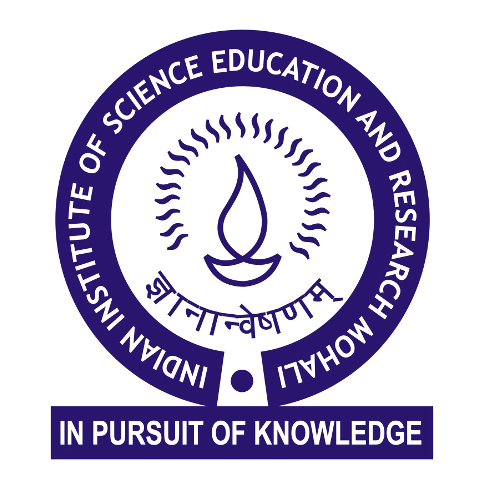Events Calendar
Efficient tools for characterizing high-dimensional superpositions and entangled states of light
Saturday 22 February 2025, 04:00pm
Prof. Girish Kulkarni of IIT Ropar
Location : LH3
Abstract: In the last few decades, numerous experiments have demonstrated that quantum systems can significantly outperform their classical counterparts in a variety of tasks such as computation, secure communication, metrology, and sensing. Such enhanced capabilities are believed to primarily arise from two factors: (i) the parallelism in information processing allowed by high-dimensional superposition states, and (ii) the nonlocal correlations inherent in multiparticle entangled states. While the ability to superpose and exhibit interference effects constitutes a property known as coherence that is found in both classical and quantum systems, the phenomenon of entanglement – which refers to the inseparability of multiparticle quantum states – is unique to quantum systems and has no known classical analog. In addition to enabling quantum-enhanced applications, entanglement also raises intriguing fundamental questions about the consistency and completeness of the quantum description of physical reality. This talk will present some efficient methods for measuring high-dimensional superpositions in the orbital angular momentum basis and entangled states of light produced from the nonlinear optical process of parametric down-conversion.
website policy
Connect with us
IISER Mohali, Knowledge city, Sector 81, SAS Nagar, Manauli PO 140306
Telefax : 2240266, 2240124
-
+91 - 172 - 2240266
- +91 - 172 - 2240266


